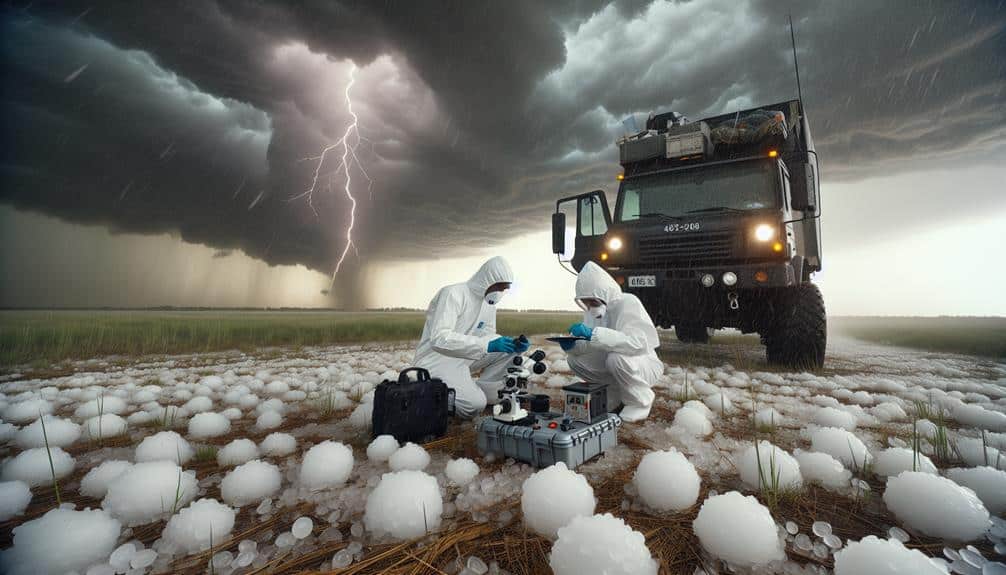What Are the Impacts of Hailstorm Research?
Hailstorm research enhances our predictive capabilities, drastically reducing property damage and injuries by 20% through advanced forecasting. Utilizing machine learning and high-definition satellite data, we markedly improve accuracy in predicting storm paths and hail size. This translates to optimized crop protection, as enhanced predictions help farmers adjust planting schedules, mitigating $1.5 billion in annual agricultural […]
What Are the Impacts of Hailstorm Research? Read More »








